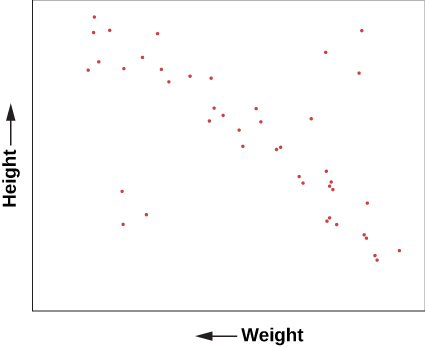| << Chapter < Page | Chapter >> Page > |
By the end of this section, you will be able to:
In this chapter and Analyzing Starlight , we described some of the characteristics by which we might classify stars and how those are measured. These ideas are summarized in [link] . We have also given an example of a relationship between two of these characteristics in the mass-luminosity relation. When the characteristics of large numbers of stars were measured at the beginning of the twentieth century, astronomers were able to begin a deeper search for patterns and relationships in these data.
| Measuring the Characteristics of Stars | |
|---|---|
| Characteristic | Technique |
| Surface temperature |
1. Determine the color (very rough). 2. Measure the spectrum and get the spectral type. |
| Chemical composition | Determine which lines are present in the spectrum. |
| Luminosity | Measure the apparent brightness and compensate for distance. |
| Radial velocity | Measure the Doppler shift in the spectrum. |
| Rotation | Measure the width of spectral lines. |
| Mass | Measure the period and radial velocity curves of spectroscopic binary stars. |
| Diameter |
1. Measure the way a star’s light is blocked by the Moon. 2. Measure the light curves and Doppler shifts for eclipsing binary stars. |
To help understand what sorts of relationships might be found, let’s look briefly at a range of data about human beings. If you want to understand humans by comparing and contrasting their characteristics—without assuming any previous knowledge of these strange creatures—you could try to determine which characteristics lead you in a fruitful direction. For example, you might plot the heights of a large sample of humans against their weights (which is a measure of their mass). Such a plot is shown in [link] and it has some interesting features. In the way we have chosen to present our data, height increases upward, whereas weight increases to the left. Notice that humans are not randomly distributed in the graph. Most points fall along a sequence that goes from the upper left to the lower right.

We can conclude from this graph that human height and weight are related. Generally speaking, taller human beings weigh more, whereas shorter ones weigh less. This makes sense if you are familiar with the structure of human beings. Typically, if we have bigger bones, we have more flesh to fill out our larger frame. It’s not mathematically exact—there is a wide range of variation—but it’s not a bad overall rule. And, of course, there are some dramatic exceptions. You occasionally see a short human who is very overweight and would thus be more to the bottom left of our diagram than the average sequence of people. Or you might have a very tall, skinny fashion model with great height but relatively small weight, who would be found near the upper right.

Notification Switch
Would you like to follow the 'Astronomy' conversation and receive update notifications?